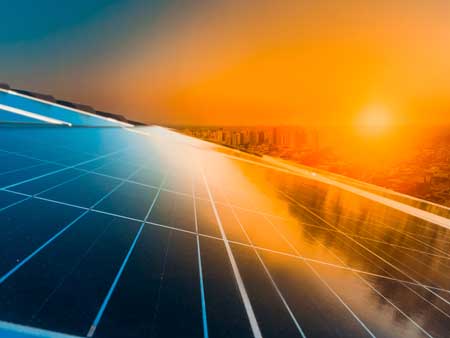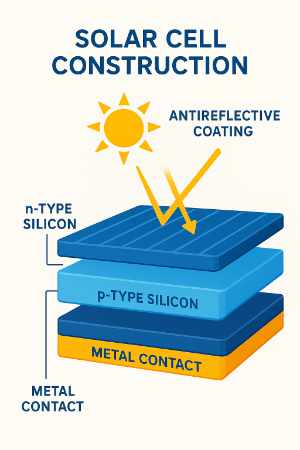Vapour Permeability in the Solar Cell Industry

The past five years have seen rapid innovation: perovskite and tandem technologies now rival silicon in efficiency, manufacturing has shifted to faster, larger, and cost‑effective formats (e.g. inkjet, roll-to-roll, large wafers), and new form factors like flexible film, solar fabric, and floating arrays are breaking into new markets.
Commercial adoption hinges on proving durability and long‑term performance, especially for perovskites. Innovations in encapsulation (e.g. sealing resins), materials reliability, and scale‑up are actively bridging that gap.
1. Why vapour Permeability Matters
- Moisture and oxygen infiltration through encapsulation layers can degrade solar cell performance.
- Water vapour can cause corrosion of contacts, delamination, and chemical degradation of sensitive materials (e.g., perovskites, organic semiconductors, CIGS).
- A high barrier against vapour is critical for maintaining long-term efficiency and stability.
 Where the Problem Shows Up
Where the Problem Shows Up
a. Encapsulation Materials
- Traditional materials like EVA (ethylene vinyl acetate) or PET (polyethylene terephthalate) aren't always good barriers to moisture.
- Even micro-scale defects or permeation over time can degrade modules.
- Edge seals and backsheet materials are especially vulnerable.
b. Thin-Film Solar Cells
- Perovskite, organic, and CIGS cells are very sensitive to moisture.
- They degrade rapidly in humid environments without robust encapsulation.
- These cells often use flexible substrates, which are more vapour-permeable than glass.
c. Flexible / Wearable PV Devices
- Applications in wearables, IoT, and building-integrated photovoltaics (BIPV) require flexible modules.
- But flexible barriers have much higher water vapour transmission rates (WVTRs) compared to rigid glass.
Technical and Manufacturing Challenges
- Barrier Layer Technology
- Need for ultra-low WVTR (<10⁻⁶ g/m²/day for some devices).
- Common approaches:
- Multilayer barrier films (inorganic/organic hybrids).
- Atomic Layer Deposition (ALD) of materials like Al₂O₃.
- Cost, scalability, and flexibility are ongoing issues.
- Long-Term Reliability Testing
- Damp heat testing (85°C/85% RH) is standard.
- Accelerated tests don't always predict real-world performance.
- Environmental Impact
- Use of fluoropolymers or exotic coatings for better barriers can raise environmental or disposal concerns.
Consequences of Poor vapour Barrier Performance
- Reduced module lifetime (especially for new technologies).
- Increased maintenance/replacement costs.
- Risk to warranties and bankability of solar projects.
- Limits to commercial rollout of next-gen PV in real-world conditions.
Efforts to Address the Problem
- Development of glass-glass modules with edge seals.
- Advanced backsheet designs with metalized or ceramic layers.
- Research into self-healing encapsulants or coatings.
- Integrating desiccants into packaging.
Summary
| Area |
vapour Permeability Concern |
Impact |
Perovskite/Thin Film |
Highly sensitive to moisture |
Rapid degradation, reduced viability |
Encapsulation |
Needs ultra-barrier layers |
Cost, complexity, long-term durability |
Flex PV Devices |
Flexible barriers often inadequate |
Short product life, limited applications |
Environmental |
Barrier chemicals raise disposal issues |
Sustainability, recycling hurdles |



 Where the Problem Shows Up
Where the Problem Shows Up